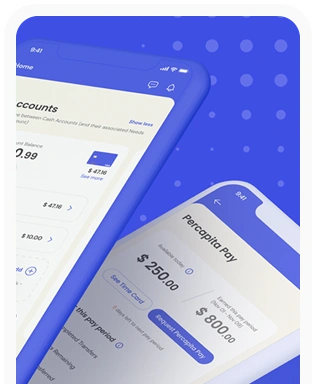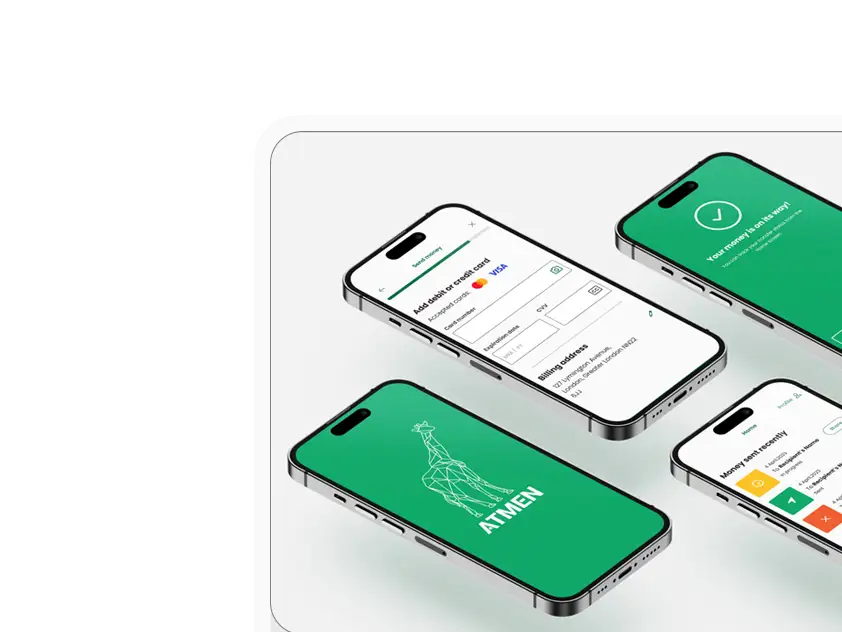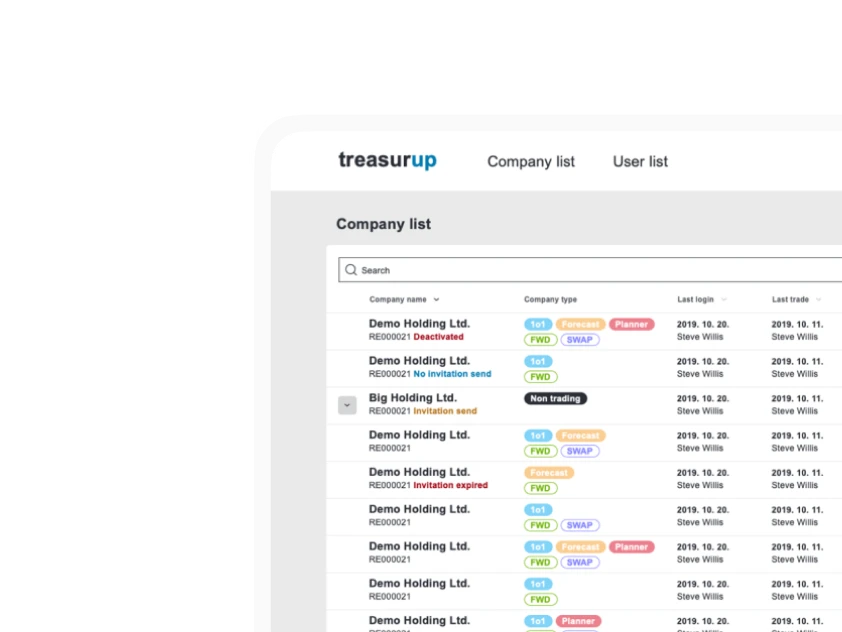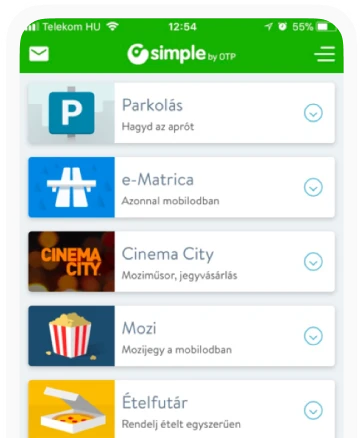Do’s and don’ts using ChatGPT in UX design
In the ever-evolving realm of digital design, cutting-edge tools are revolutionizing how we approach UX design. Among these tools, ChatGPT, developed by OpenAI, stands out as a transformative force. But what sets ChatGPT apart, and how can we harness its capabilities to enhance user interactions?
What is ChatGPT?
ChatGPT is not just another chatbot. It is a product of OpenAI’s extensive research in the field of artificial intelligence. As a large language model, it is trained on vast amounts of data, enabling it to predict subsequent words in a sequence with remarkable precision. When given a prompt, it crafts responses that are coherent and contextually relevant, making it a versatile tool across a range of applications.
Unlike traditional chatbots that rely on fixed scripts, ChatGPT uses its extensive training to generate responses. This results in interactions that are dynamic and closely resemble human conversations, fostering genuine user engagement.

The Role of ChatGPT in UX Design and UX Research
At the heart of UX design lies the objective of creating interfaces that users find intuitive and engaging. The introduction of generative AI has paved the way for designs that are not only visually appealing but also intelligent.
Integrating AI into platforms can redefine user assistance. It offers real-time responses, addresses user queries, and guides users through complex processes. Consider an e-commerce platform where ChatGPT acts as a virtual shopping assistant. By understanding user preferences, it can offer tailored product suggestions, taking the shopping experience to a new level.
Moreover, feedback mechanisms powered by ChatGPT can transform user engagement. Instead of standard forms, users can have fluid conversations with the AI, providing feedback that is detailed and context-rich. This not only enhances user interaction but also offers businesses invaluable insights.
At the same time on the research side of things, ChatGPT is revolutionizing the way we approach user behavior analysis. We can use this new tool to mimic potential users and provide immediate feedback on prototypes. This allows us to rapidly iterate based on user-like responses, enhancing the design process with a level of efficiency that was previously unattainable. ChatGPT can also help analyze and distill user sentiments into clear and actionable insights. This greatly augments the speed of user research.
Diverse Applications of ChatGPT in UX
ChatGPT’s adaptability makes it a preferred choice across various UX applications:
- Customer Support: Traditional chatbots often fall short when faced with complex user queries. ChatGPT, with its advanced language model, offers real-time, context-aware support, bridging the gap between user expectations and responses.
- Content Personalization: Content platforms can utilize ChatGPT to curate and suggest content based on user interactions. By understanding these interactions, the AI can offer personalized content, ensuring users always find content that resonates with them.
Expanding the Horizon with Plugins
ChatGPT plugins significantly enhance the model’s capabilities, allowing it to access external data and services. These extensions empower ChatGPT to provide real-time information, interact with APIs, and offer more dynamic responses. This breakthrough elevates the model from a simple conversational agent to a versatile tool that can integrate with various digital ecosystems, offering tailored solutions and smarter interactions. As a result, ChatGPT becomes an even more powerful asset in technology and business, capable of delivering complex, contextually relevant experiences to users.

Voice-to-Voice Capabilities: A Game Changer
A notable advancement in ChatGPT’s arsenal is its voice-to-voice capabilities. While text-based interactions are powerful, voice interactions add a layer of depth to user engagement. Users can now converse with platforms, seeking information, making commands, or even getting feedback. This not only enhances accessibility but also offers a more natural, human-like interaction. For designers, this opens up possibilities in creating voice-first interfaces, especially in applications like smart homes, wearables, and more.
Specific Use Cases of Voice-to-Voice Interactions:
- Accessibility: For users with visual impairments or those who prefer auditory interactions, voice-enabled platforms can be transformative.
- Hands-free Operations: In scenarios where users are occupied (e.g., driving or cooking), voice interactions ensure continuous engagement without manual inputs.
- Multimodal Interactions: Combining voice with visual elements can offer richer, more immersive user experiences.
 ChatGPT’s voice-to-voice capabilities are a game changer. Source: ChatGPT
ChatGPT’s voice-to-voice capabilities are a game changer. Source: ChatGPT
The Power of Image Recognition
In terms of discriminative (nongenerative) AI, another leap in ChatGPT’s capabilities is its prowess in image recognition. This allows platforms to understand and interpret visual content, bridging the gap between visual and textual data. In design, this means platforms can now offer feedback on visual content, understand user uploads, and even assist in visual design processes. Imagine a design tool where ChatGPT offers suggestions based on visual inputs, streamlining the design process.
Integrating ChatGPT in UX Design
As with any tool, the integration of ChatGPT comes with its set of best practices and pitfalls. Here is a comprehensive guide to ensure you harness the power of ChatGPT effectively:
Do’s:
- Prioritize User Privacy: Always inform users when they are interacting with an AI. It is not just about transparency; it’s about trust. Ensure data handling adheres to privacy standards, and users have control over their data. At Ergomania, we always prioritize user privacy and a transparent handling of data.
- Aim for Multimodal Interactions: While ChatGPT’s text and voice capabilities are robust, combining them with visual or tactile feedback can enhance user experience. For instance, voice commands coupled with visual confirmations can be particularly effective in apps targeting accessibility.
- Iterative Testing: Continuously test and refine. Gather user feedback, understand pain points, and iterate. The AI landscape is rapidly evolving, and staying updated ensures your design remains user-centric.
- Customize Responses: While ChatGPT is pre-trained, it allows for fine-tuning. Tailor the model to your specific domain or application, ensuring the responses align with your brand voice and user needs.
- Integrate Contextually: Ensure ChatGPT’s integration is contextual. In the case of a fitness app, the AI’s primary role could be to offer workout suggestions, answer fitness-related queries, or even provide motivational feedback.

Don’ts:
- Avoid Over-humanizing AI: As mentioned earlier, the voice-to-voice capabilities of ChatGPT make interactions feel incredibly human-like. However, it is crucial to remember and remind users that they’re interacting with a machine. Over-humanizing can lead to misplaced trust or unrealistic expectations.
- Avoid Over-reliance: AI models, including ChatGPT, are not infallible. They predict based on data but can sometimes get it wrong. Always have mechanisms in place for users to report incorrect or inappropriate responses.
- Avoid Misinformation: Ensure the information provided by ChatGPT is accurate and reliable. Regular audits and user feedback can help in this regard.
- Don’t Neglect Updates: The world of AI is dynamic. Regularly update your ChatGPT model to benefit from the latest advancements and ensure your application remains cutting-edge.
- Don’t Replace Human Touch Entirely: While AI can handle most interactions, there are scenarios where human intervention is irreplaceable. Ensure there is a seamless handoff mechanism from AI to human support when needed.

Harnessing AI for Enhanced User Experiences
The integration of AI in UX design is not just a trend; it is the future. Tools like ChatGPT, with their advanced capabilities, are reshaping how we design and interact with digital platforms. However, it is important to approach this with a balanced perspective. While the possibilities are immense, so are the responsibilities. Ethical considerations, user privacy, and transparency should be at the forefront.
By understanding the capabilities and limitations of tools like ChatGPT, designers can create more intuitive, engaging, and user-centric platforms.
Specific Use Cases for ChatGPT in UX Design
The versatility of ChatGPT makes it a valuable asset across various domains. Here are some specific use cases where ChatGPT can significantly enhance user experience:
- Customer Support: ChatGPT can handle a bulk of customer queries, providing instant responses and reducing wait times. Whether it’s answering frequently asked questions or guiding users through troubleshooting steps, ChatGPT can ensure users get the help they need promptly.
- Content Creation and Editing: For designers and content creators, ChatGPT can assist in generating content ideas, proofreading, and even offering suggestions to improve the content’s quality. Platforms like Medium have highlighted the potential of using AI for content creation.
- E-commerce Recommendations: ChatGPT can be integrated into e-commerce platforms to offer product recommendations based on user queries or browsing history. It can also assist users in finding products, answering product-related questions, or even helping with the checkout process.
- Learning and Development: Educational platforms can use ChatGPT to offer personalized learning experiences. Whether it is answering student queries, offering additional resources, or even generating quiz questions, ChatGPT can enhance the learning experience.
- Voice-to-Voice Interactions: With GPT-4’s voice capabilities, there is potential for creating more natural, conversational user experiences. Whether it’s voice assistants, telephonic customer support, or interactive voice response systems, ChatGPT can make these interactions more efficient and user-friendly. As mentioned by UX Planet, the voice-to-voice feature can be a game-changer in enhancing user engagement.
- Image Recognition in Design: Designers can use this feature to identify design elements, get suggestions, or even understand user feedback better. For instance, if a user uploads an image of a product they are looking for, ChatGPT can help identify it and direct them to similar products or pages.

Challenges and Considerations
While the potential of ChatGPT in UX design is immense, it is crucial to approach its integration with a clear understanding of its limitations. Here are some challenges and considerations to keep in mind:
- Data Privacy: As with any AI model, ChatGPT requires data to function. It is essential to ensure that user data is handled responsibly, with clear communication about how it’s used.
- Ethical Considerations: AI models can sometimes produce biased or inappropriate responses. Regular audits, feedback mechanisms, and fine-tuning can help mitigate these issues. It is also essential to ensure that the AI’s responses align with the brand’s values and ethos.
- Dependency on Connectivity: ChatGPT, being a cloud-based model, requires a stable internet connection. It is important to ensure that users are aware of this and have mechanisms in place for offline scenarios or connectivity issues.
Looking Ahead: The Future of ChatGPT in UX Design
The rapid advancements in AI, especially with tools like ChatGPT, signal a transformative phase for UX design. As we look ahead, several trends emerge:
- Personalized User Experiences: With AI’s ability to process vast amounts of data, we can expect even more personalized user experiences. ChatGPT can analyze user behavior, preferences, and feedback to tailor interfaces and responses to individual users.
- Seamless Multi-Platform Integration: As users continue to interact across various devices, from smartphones to smart home devices, ChatGPT can offer consistent and seamless experiences. Its voice-to-voice capabilities can bridge the gap between text-based interfaces and voice assistants.
- Ethical and Responsible AI: As we integrate AI more into our daily interactions, there is a growing emphasis on ethical AI. It is of utmost importance to ensure transparency, fairness, and respect for user privacy when talking about AI development and integration.
In conclusion, while ChatGPT offers immense potential to revolutionize UX design, it’s essential to approach its integration with a user-centric mindset. By focusing on enhancing user experiences while being mindful of the challenges, we can harness the power of AI to create more engaging, efficient, and delightful digital interactions.










